40 Years of Fiat Argenta
How does it feel to be the designer of a mid-range car, now 40 years old, that sold reasonably well but is hardly known today? To get an answer to this question, in the case of the Fiat Argenta, one would first have to clarify who was responsible for the body shape. And that’s exactly where you come across a result that hardly anyone saw coming when they took a look at this angular sedan. But first you have to take a look at the prehistory of this model series. Strictly speaking, the Argenta’s story begins with the Fiat 132, which debuted in May 1972 as the successor to the 125. As so often in this era, Fiat handed over the styling work to an external designer, in this case Marcello Gandini.
Gandini styled a boring sedan
Yes, that very same Marcello Gandini who is best known today for his sports car designs such as the Lancia Stratos, the Lamborghini models Miura, Countach and Diablo or the Cizeta V16T. With the Fiat 132, he proved that even star designers can draw boring cars when commissioned to do so. In fact, the lines were too angular and monotonous even for the edgy 70s. Sales figures fell short of expectations, prompting a model update as early as 1974. It mainly provided for enlarged side windows and new taillights as well as a better chassis. From the end of 1977, the 132 was even the largest model in the Fiat range due to the end of production of the 130. Even licensed production by Seat (Spain), Kia (South Korea) and Livingstone Motor Assemblers (Zambia) was less successful than expected.
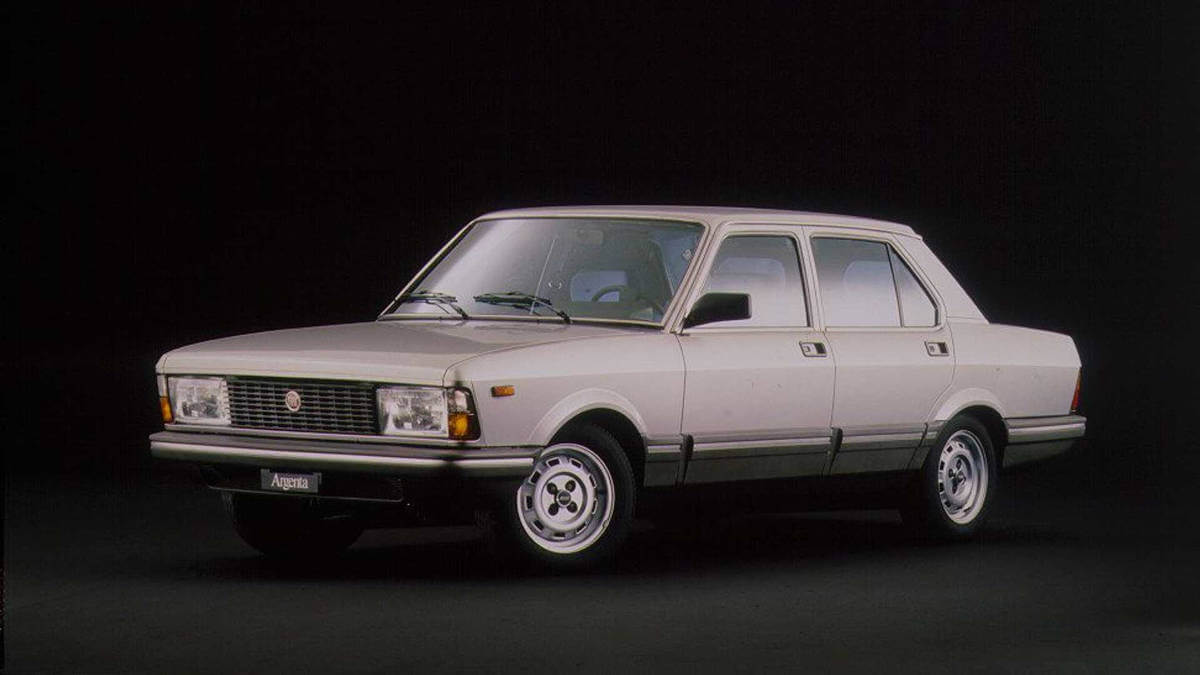



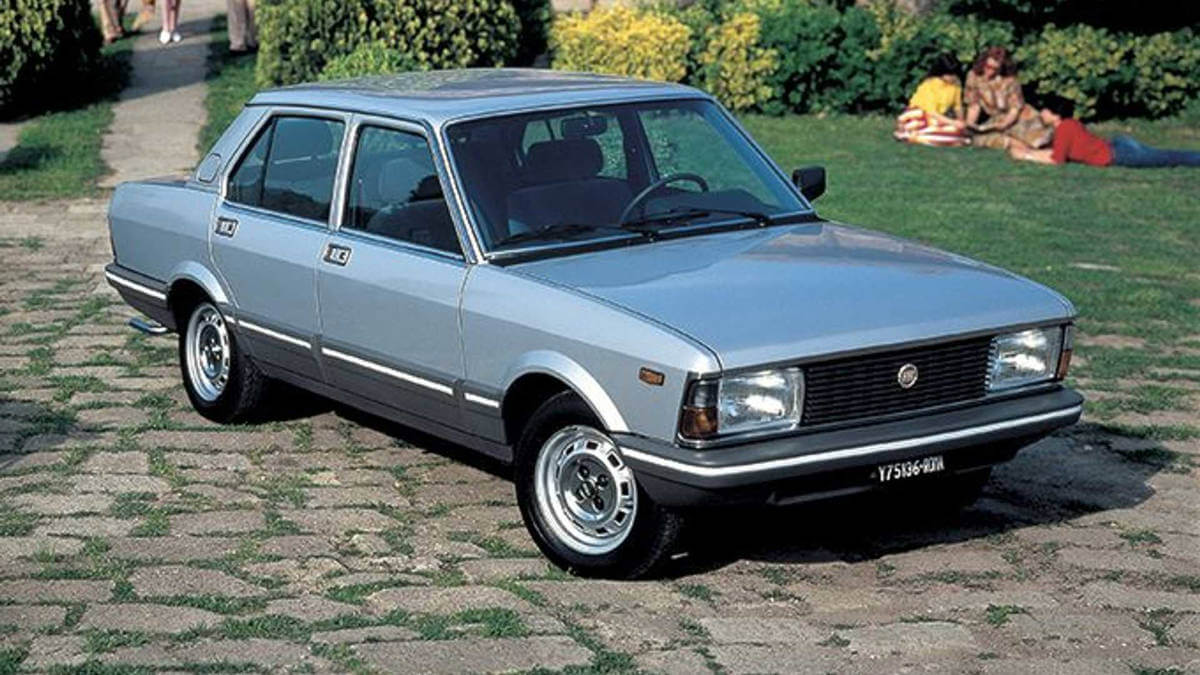



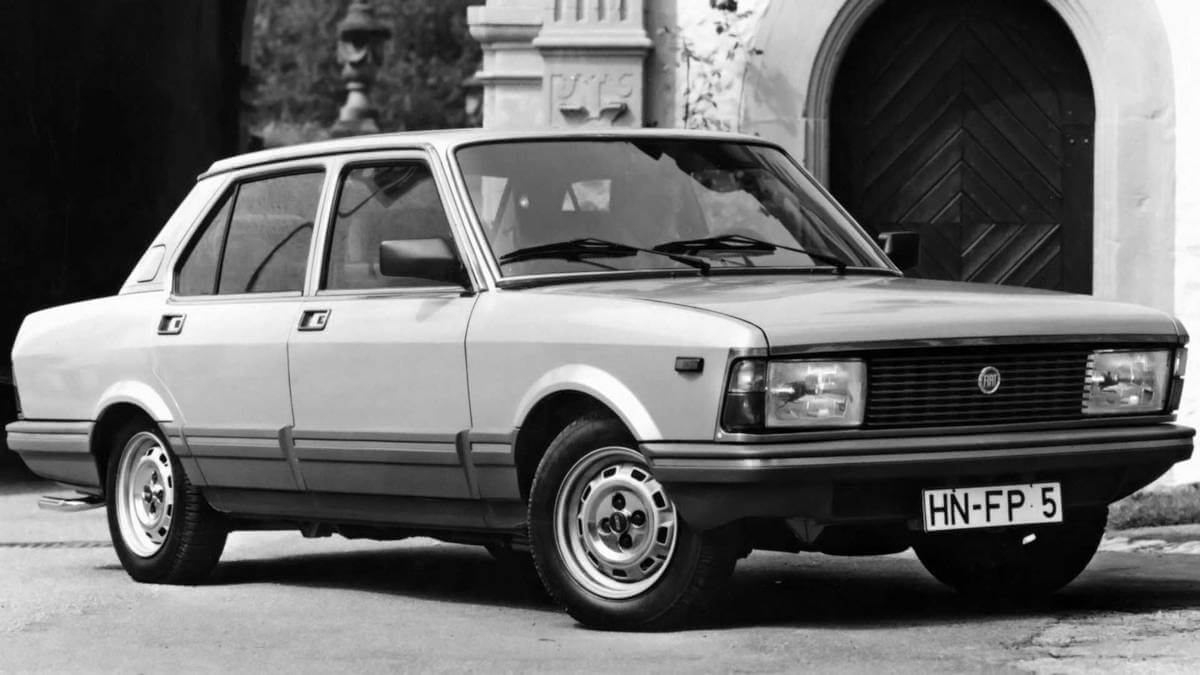



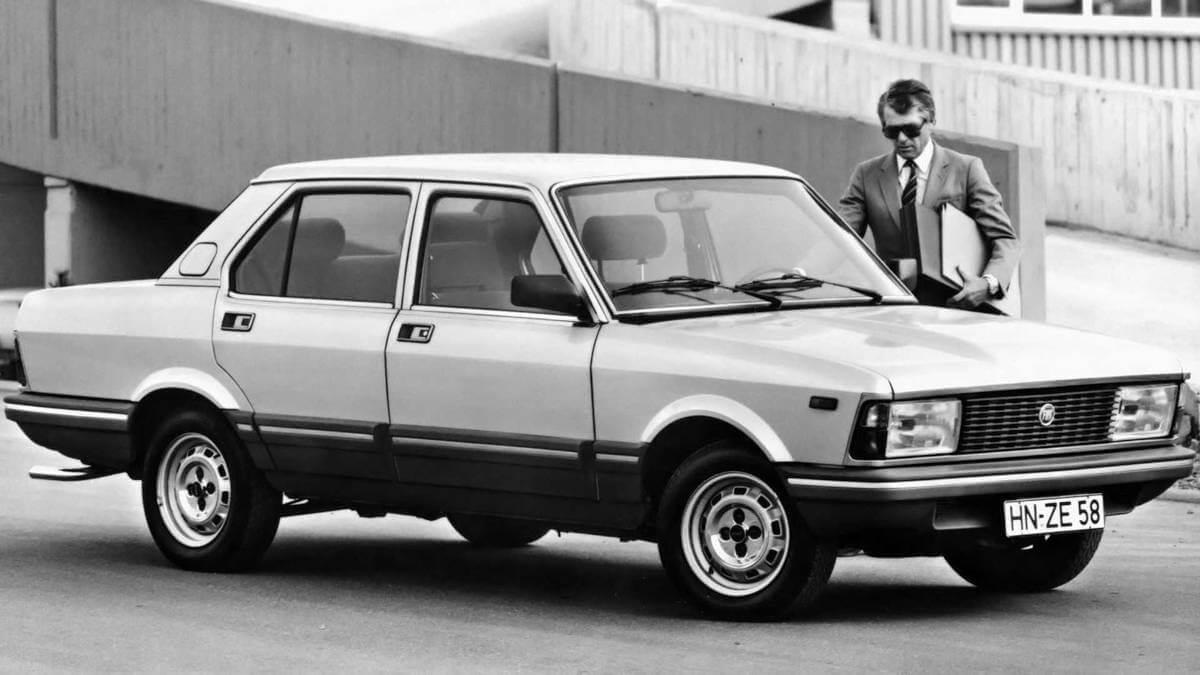



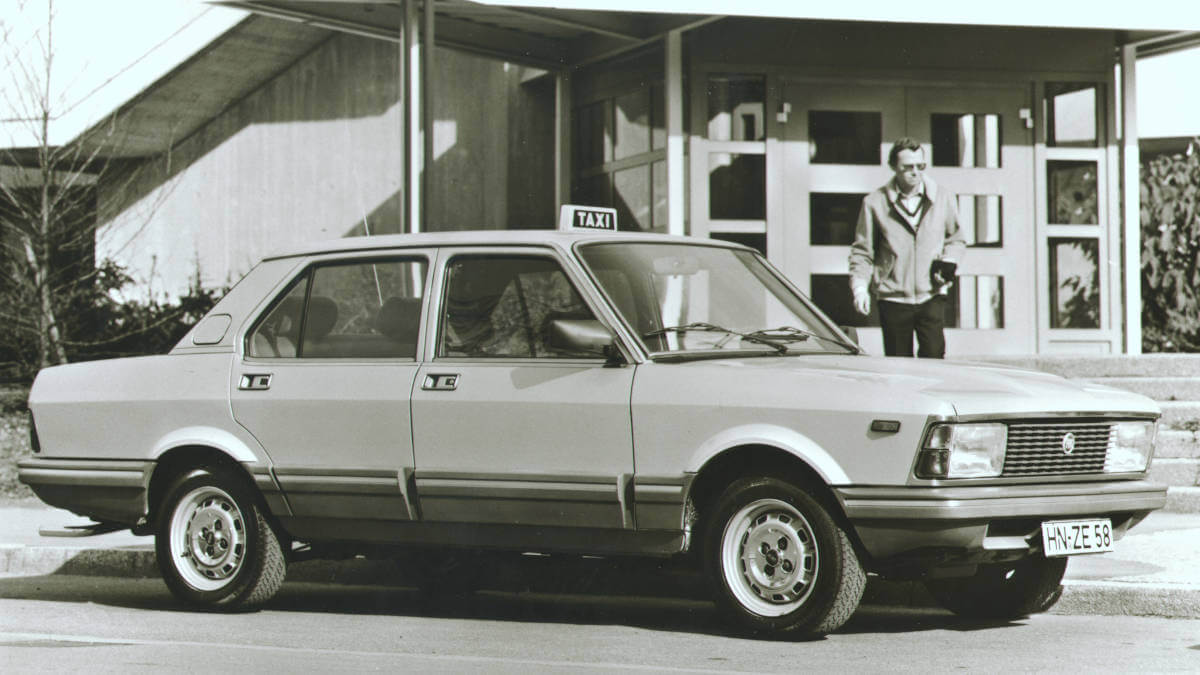



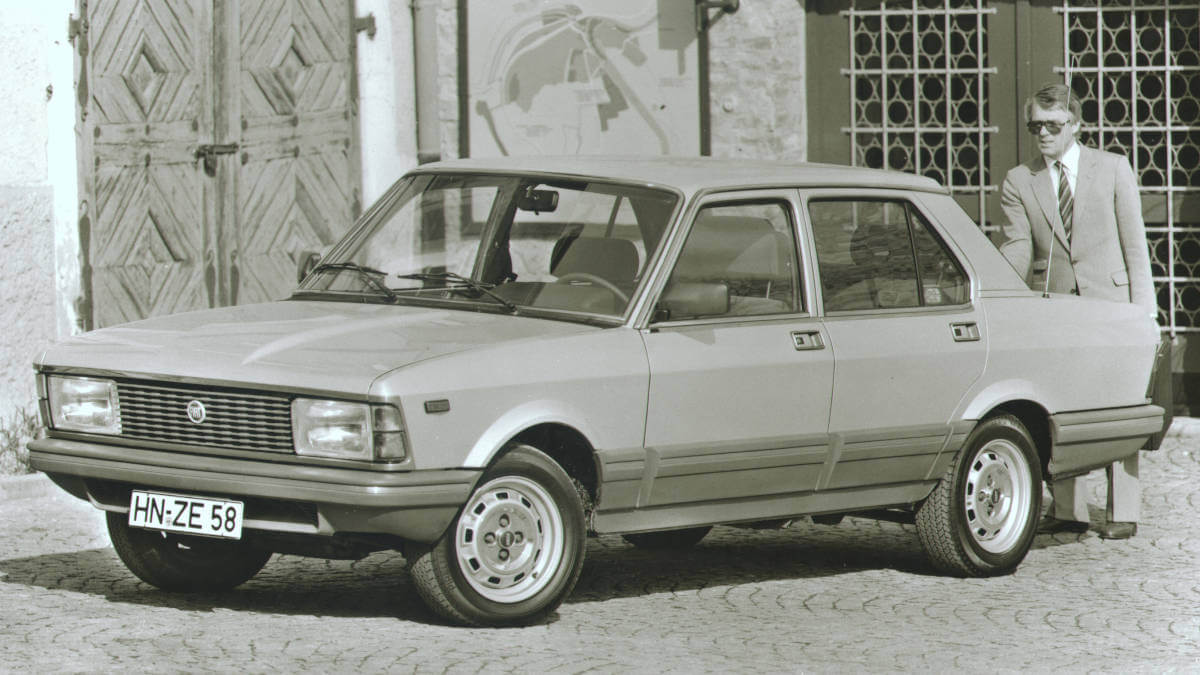



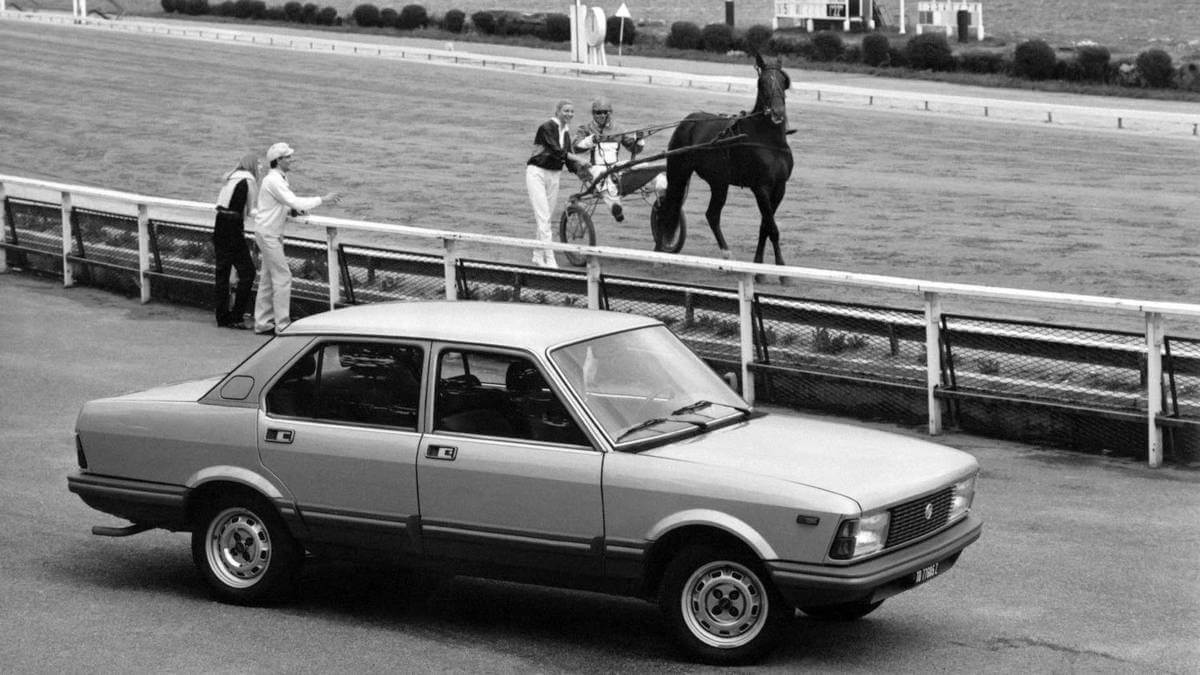



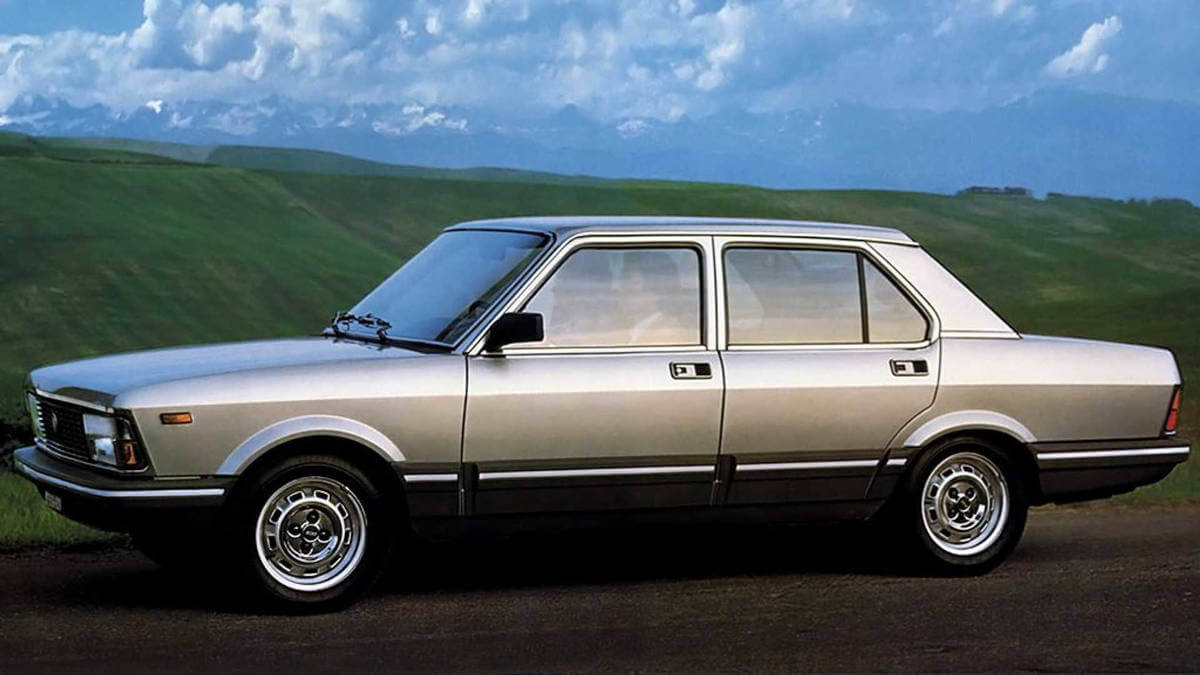



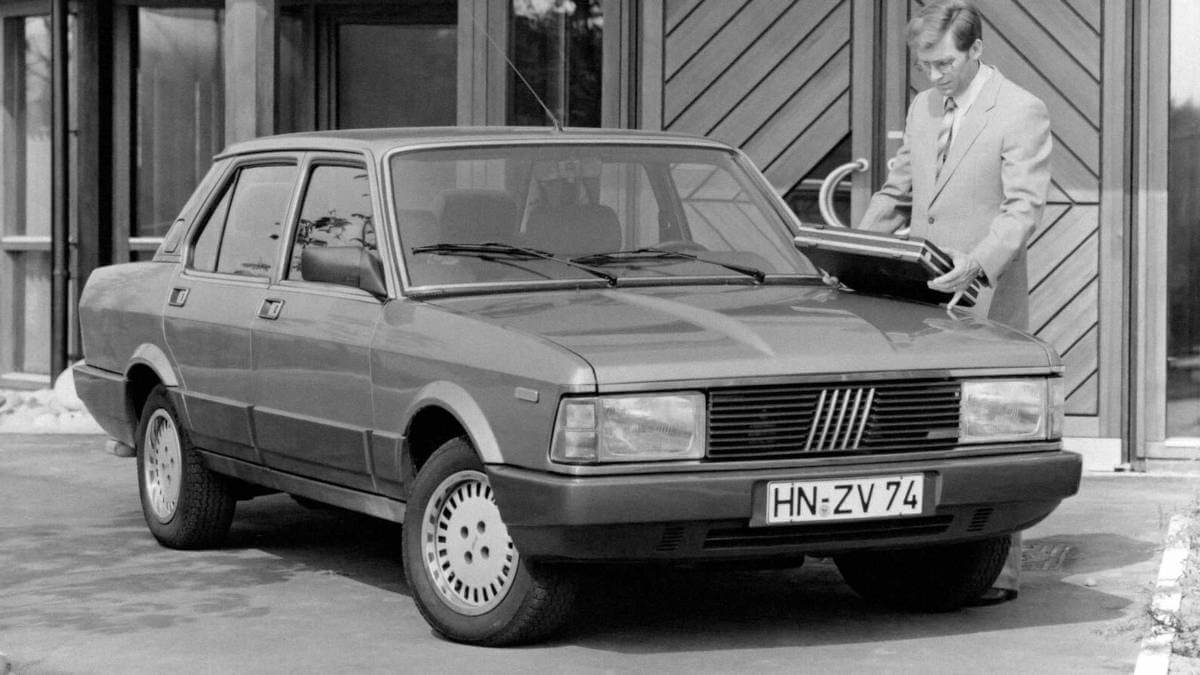



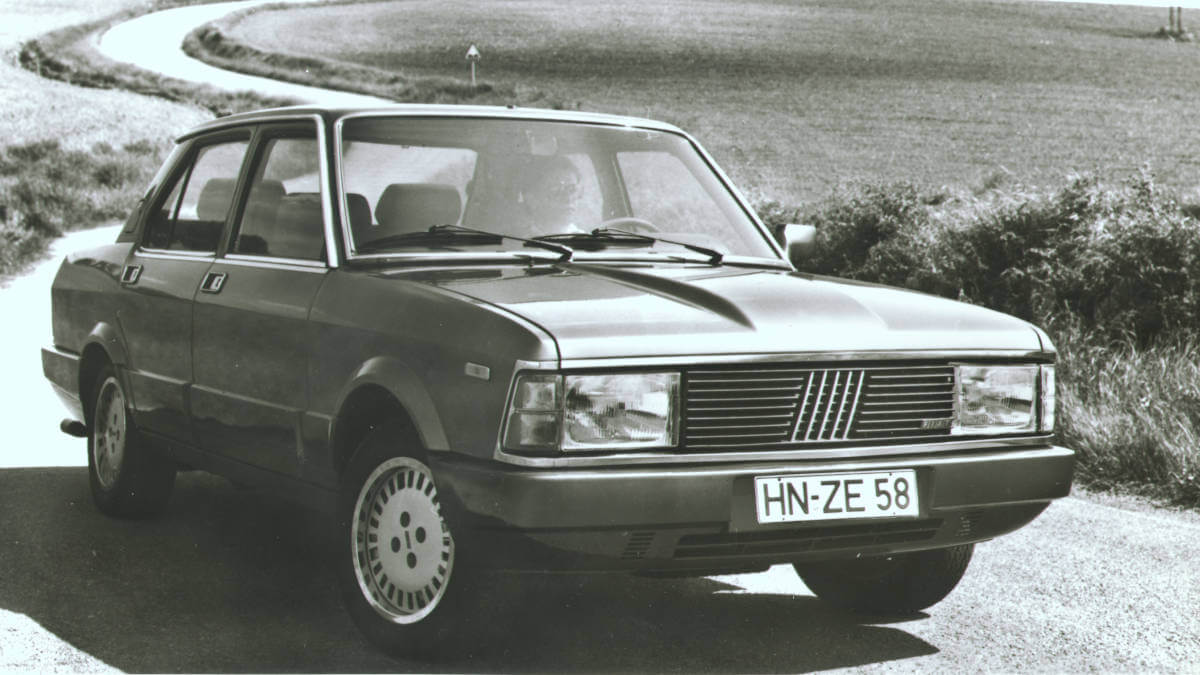



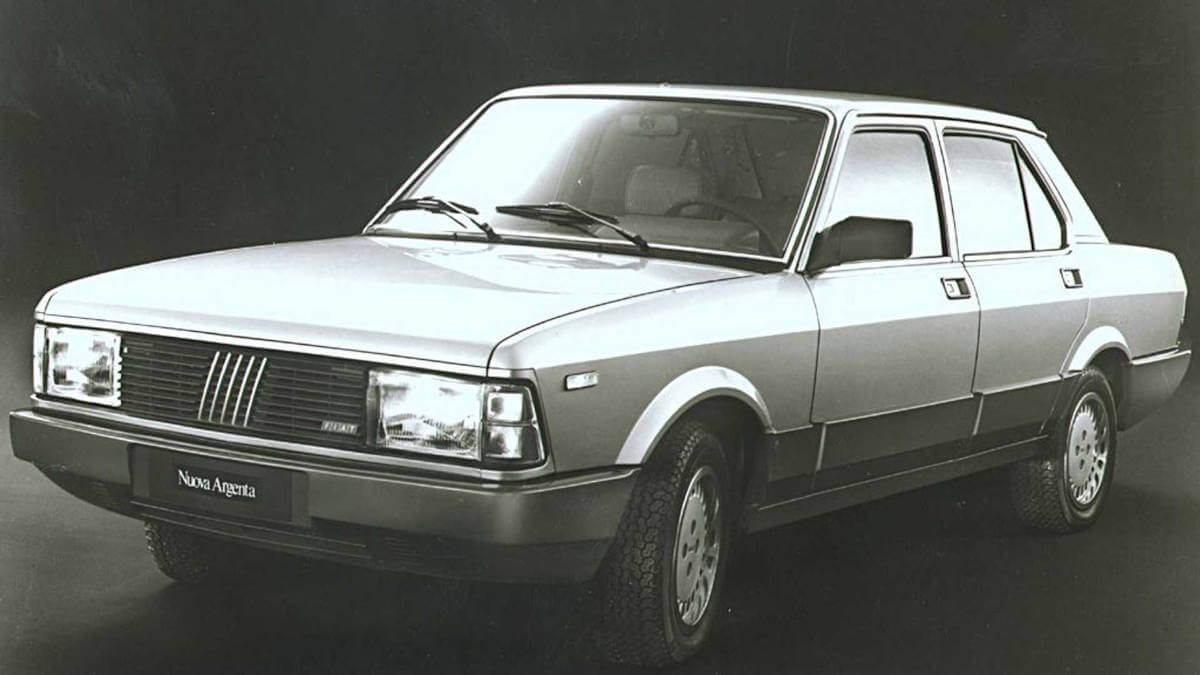



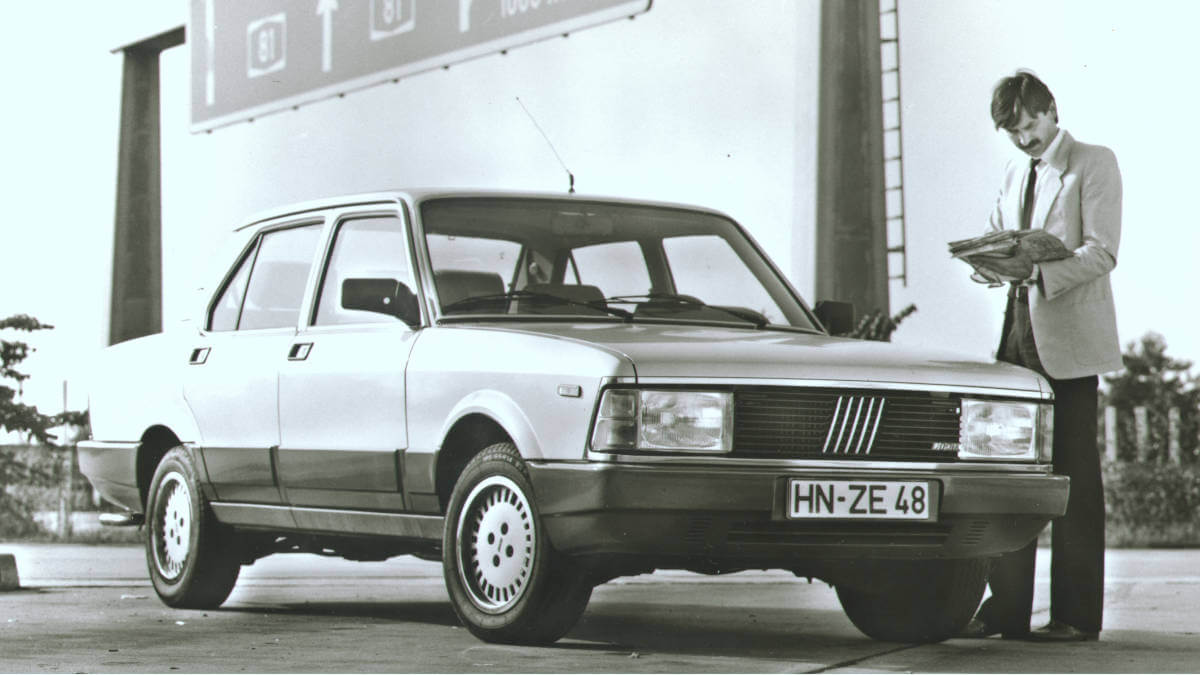



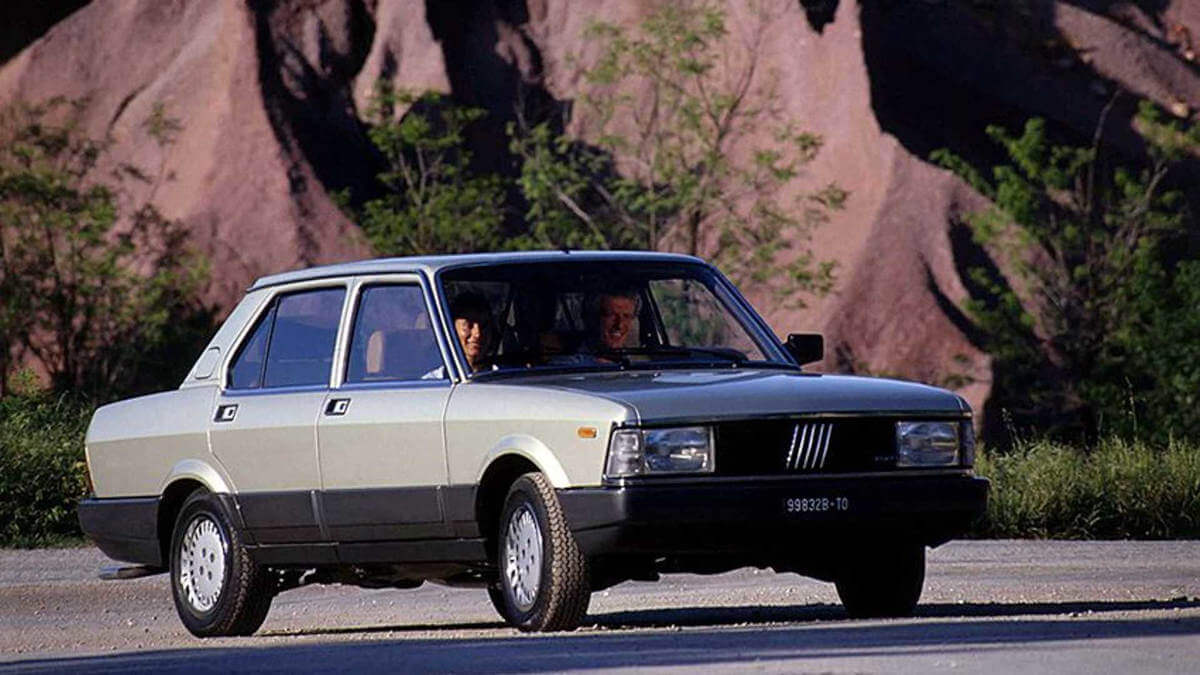



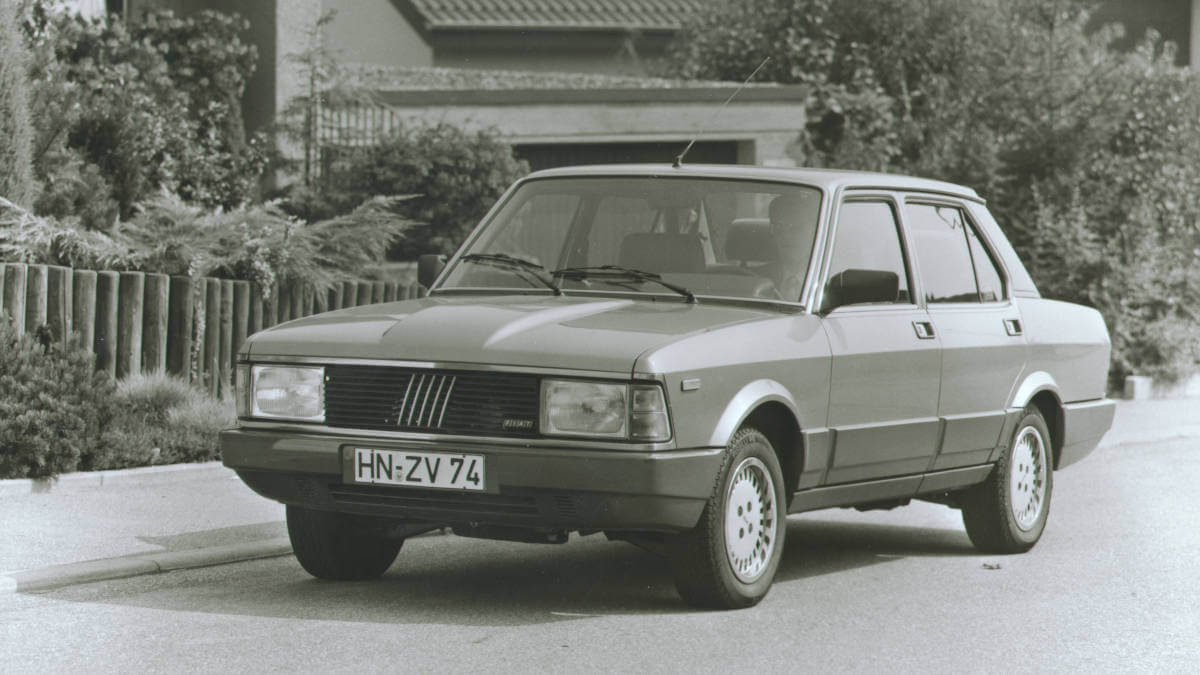



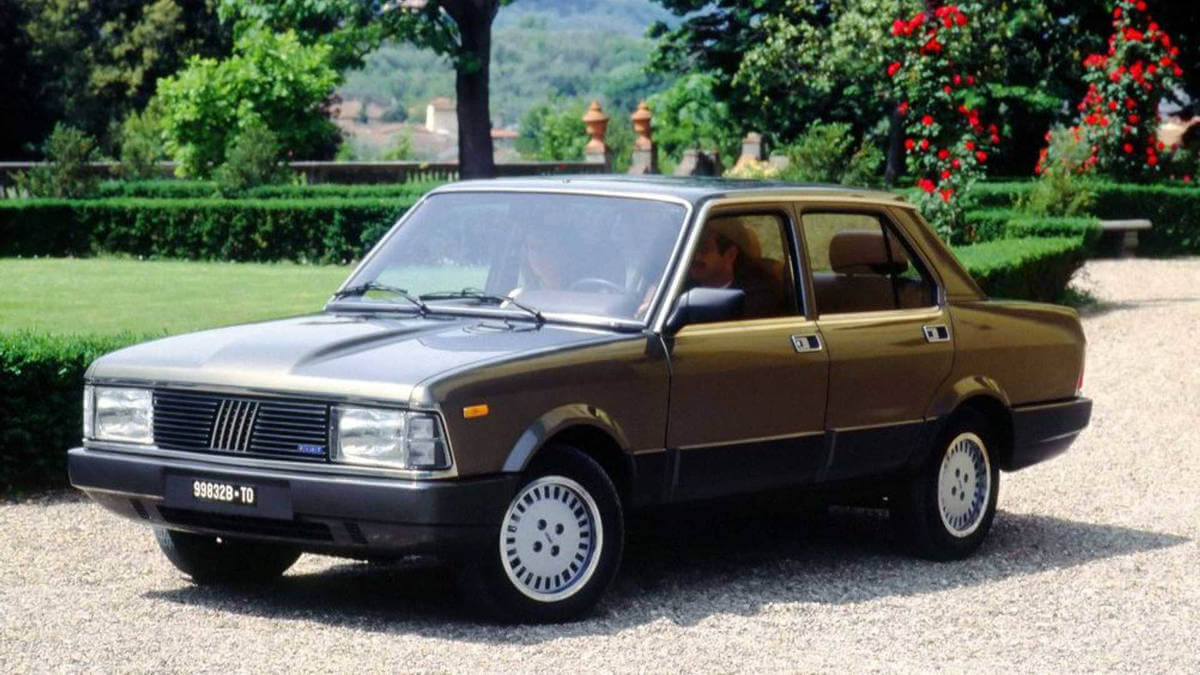



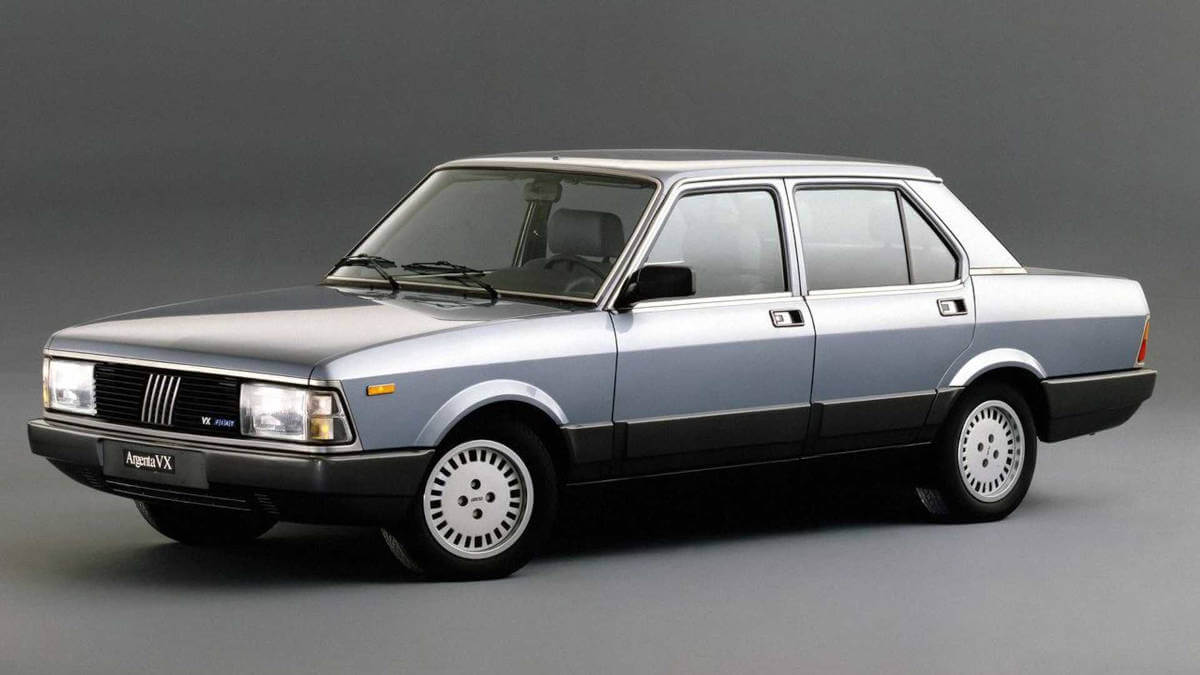



Argenta was gap filler until the Croma
Nevertheless, Fiat kept the 132 in its portfolio and provided a far-reaching model update in 1981. This led to the model being renamed Argenta, derived from the Latin word “argentum” (silver). This brought the mid-size sedan into line with the rest of the model range, which also moved away from three-digit numbers and toward names such as Panda, Ritmo or Uno. Next to that, work had been going on behind the scenes since 1979 on the new Croma, which was to share its platform with the Saab 9000, Alfa Romeo 164 and Lancia Thema. It replaced the Argenta in 1985. Before that, the aging design was given a final facelift in June 1984, when the front end was given the new Fiat logo. At the same time, the model designation was changed from rounded engine displacement to horsepower. As with the 132, a diesel version was also available, which was delivered as the TD with turbocharging after the final facelift.
Almost completely disappeared
The last examples of the Fiat Argenta rolled off the production line until the beginning of 1986, although the Croma was already in dealerships. A total of around 120,000 units are said to have been built. In the course of the past 40 years, however, these cars have disappeared from the European road scene just as consistently as the predecessor model 132. Even in the home country of Italy, both model series have practically died out. Actually surprisingly, since the Argenta was the last Fiat model up to the current 124 Spider with rear-wheel drive. For the final model years from mid-1984, there was even the top model Argenta VX (Argenta SX in Italy) with a supercharged two-liter engine and 135 hp. Fiat took over this Volumex unit from its subsidiary Lancia.
Images: Fiat




